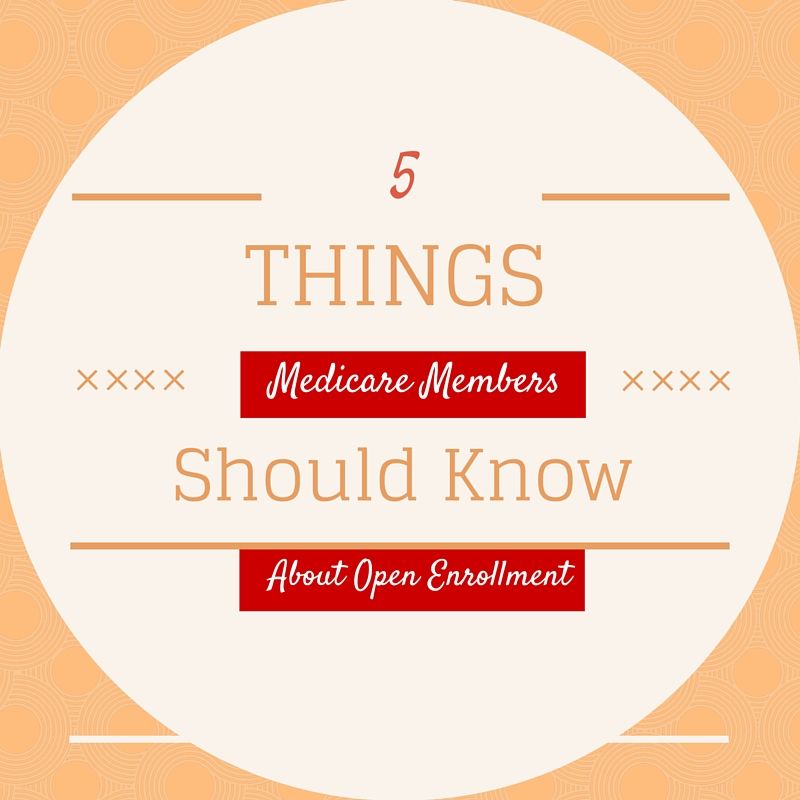Article
5 Things Pharmacists Should Tell Medicare Members During Open Enrollment
Pharmacists are always expected to be the drug experts, but during open enrollment, they are also expected to be drug plan experts.

Pharmacists are always expected to be the drug experts, but during Medicare’s open enrollment period, they are also expected to be drug plan experts.
Open enrollment is the only time of year when Medicare members are free to choose a new prescription insurance or Part D plan. Medicare Part D’s open enrollment period runs from October 15, 2015, to December 7, 2015.
If a patient is already enrolled in a Medicare Part D plan, then this is the only time that he or she can choose a new plan, barring some type of emergency. Medicare members can go to Medicare.gov to re-enroll online or to find out which plan would best fit their needs.
Here is a list of things that pharmacist should tell Medicare members when helping them choose the right plan:
1. Plan formularies change every year.
A formulary is a list of drugs preferred by the insurance plan that usually mean fewer costs for the Medicare member. It’s important to keep in mind that all medications covered in a particular Part D plan in 2015 won't necessarily be covered by the same plan in 2016.
If members choose to stick with their current plan, then they should be sure that the plan’s proposed formulary will still meet their medication needs. Formularies can and do change, so it’s important to for members to make sure that the current plan is still going to serve them well in the next year.
Pharmacists can help members find out whether their plan will still cover their medications by visiting Medicare.gov.
2. Deductibles must be met beginning January 1, 2016.
Every year, members are surprised that they have to pay a large amount of money out of pocket at the beginning of the year. Starting January 1, pharmacists will be reminding members that they will have to meet a deductible again in the New Year.
By helping members choose a plan based on their deductible, pharmacists can help them plan ahead to have a little extra money set aside for that first big drug bill. Some plans have deductibles as low as $100 or as high as $500—amounts that must be met at the beginning of each year, before the prescription plan co-pays kick in.
A gentle reminder of this may prevent sticker shock in January.
3. Changes in income level may qualify Medicare members for more help.
During the open enrollment period, members will have the option to choose a supplemental insurance plan to help cover the cost of their medications. Low-income members may qualify for a subsidized supplemental insurance plan or even subsidized monthly premiums.
Pharmacists can remind members to gather their financial information before contacting a Medicare representative in order to determine whether they qualify for financial help
4. Many Medicare members are eligible for an annual comprehensive medication review with a pharmacist.
Pharmacists refer to these appointments as medication therapy management (MTM), but they may want to offer them to the patient with easier-to-understand wording. Instead of saying MTM, pharmacists may want to refer to it as a medication check-up.
Explain to eligible members that these appointments are usually 30 minutes to 1 hour in length and provide an opportunity to address any concerns that they may have about their medications. Pharmacists can focus on identifying potential problems, assessing adherence issues, and locating any possible cost savings.
Pharmacists may even see an opportunity to help their patients save money on lower-tier medications or preferred products.
5. A member’s plan of choice may not be accepted all pharmacies.
Remind members that filling all of their medications at the same pharmacy is not only convenient, but also a safety precaution. Pharmacists are trained to identify drug interactions, so filling at multiple pharmacies does not allow them to see the member’s entire medication history. In addition, not all pharmacies accept all insurance plans, and vice versa.
Pharmacists can counsel members to check Medicare.gov to make sure that the pharmacy where they wish to fill their prescriptions can accept the Medicare Part D plan in which they wish to enroll.
If members are overwhelmed by the number of options available online, they can call 1-800-MEDICARE (1-800-633-4227) to speak to someone who can walk them through the enrollment process. Tell them to gather their medication list and financial statements before calling. The Medicare representative will be able to enter all of their information and mail them a list of the plans that would best suit their needs.
Members shouldn’t wait too long to seek help, though, because Medicare’s open enrollment period ends on December 7, 2015.





